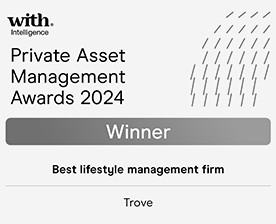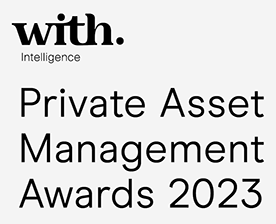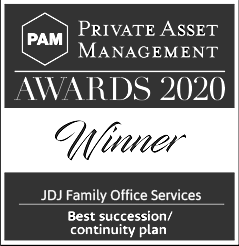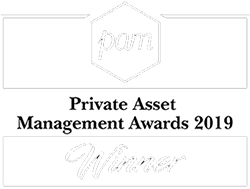Heckerling Conference 2016
For the last seven years, I’ve been privileged to attend the annual Heckerling Institute on Estate Planning in Orlando, FL. Founded in 1966 by Professor Philip E. Heckerling, the Institute brings estate planning professionals from around the United States together for a week-long conference each January. This year’s 50th anniversary drew a record 3,200-plus attendees, including a large contingent from the Boston area.
The Heckerling Institute focuses on recent developments and continuing education in the field of estate planning, with presentations and workshops led by nationally-renowned experts covering a broad range of topics. This year we learned the latest about planning with trusts, the use of partnerships for income tax planning, international planning, charitable giving, elder law, fiduciary litigation, and business income tax issues for estate planners.
Many of the topics treated often relate directly to what we do here at JDJ. Two from this year were: (1) the potential requirement for certain disclosures when opening new financial accounts for trusts and other entities, and (2) the need (or lack thereof) to issue “Crummey” letters after making gifts to trusts with withdrawal rights (otherwise known as “Crummey” powers).
With respect to (1), the trend in Europe is to require much more transparency (for tax and anti-money laundering reasons) regarding the identity of trust creators, trustees, and beneficiaries when opening new financial accounts. This includes the development of “central registries” of information that would be available to parties with a “need to know” (e.g. government authorities and financial institutions performing due diligence). Expect this trend to cross the pond in some form in the near future.
With respect to (2), attendees were admonished to stop telling clients that “Crummey” letters are required by law, or that they must be formatted in specific ways. “Crummey” powers (so called not because they are awful but, rather, because that is the surname of the taxpayer who invented the idea), are used to help completed gifts made to trusts qualify for the annual gift tax exclusion amount. (In order to qualify for the annual exclusion, a gift must be able to be used currently, and gifts to trusts are normally not available for use until a future date. The “Crummey” power cures this defect.) There is no law or regulation requiring the practice of issuing notification letters when gifts are made to a “Crummey” trust, therefore neither issuing the letter nor formatting it in certain ways will officially sanction the gift tax exclusion. While it still good practice to issue the notices, it is important to understand that doing so (or doing so in a specific way) does not guarantee that the application of the gift to the annual exclusion amount will be unchallengeable.
The Heckerling conference usually provides important insights into the ever-changing laws and regulations that fill and surround the estate planning landscape, and this year was no exception. It is gratifying to come together with so many other industry professionals both to network and learn.



